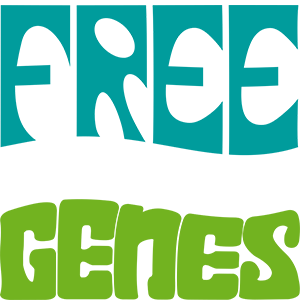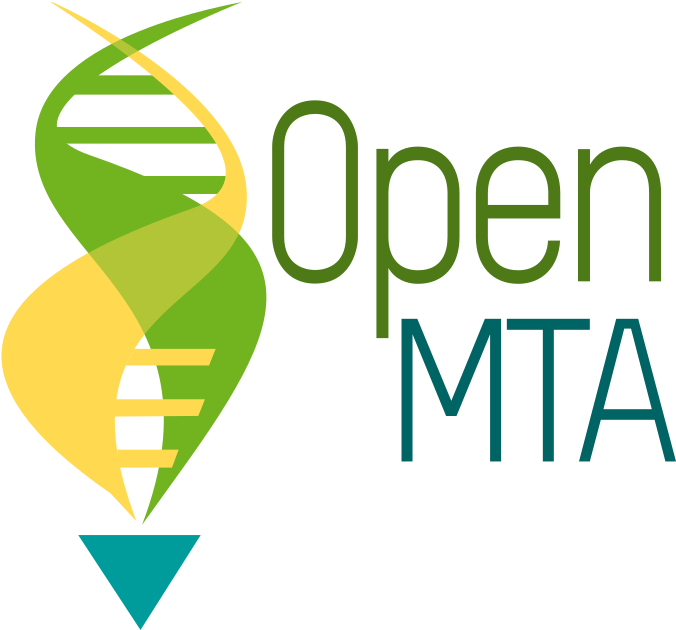Celebrating DNA Day with the iGEM DNA Distribution 2.0
“It has not escaped our notice that the specific pairing we have postulated immediately suggests a possible copying mechanism for the genetic material.”
When James Watson, Francis Crick, Rosalind Franklin, Maurice Wilkins, and colleagues published their seminal work on the double helix structure of DNA in 1953, scientists were at a turning point in understanding how genetic material works. Now, just 70 years later, graduate, undergraduate, and even high school students apply their knowledge of how genetic material works to engineer biology itself; using it to address the world’s biggest problems such as climate change, biodiversity, human health, and more.
Each year since iGEM began in 2003, student teams in the iGEM Competition have been working together to build the Registry of Standard Biological Parts – a growing collection of genetic parts that can be mixed and matched to build synthetic biology devices and systems.
In past years, teams participating in the iGEM Competition would receive a physical kit containing thousands of standard genetic parts that enabled teams to excel at building devices for their biological systems, and create or refine new parts for use by future iGEM teams. Looking forward, we want iGEM teams to excel at not just building devices, but complex systems and whole cells.
The Registry is now a world class resource of genetic information that continues to exponentially grow and improve through iGEM’s Get & Give (& Share) philosophy, where users get parts, samples, data, and tools from the Registry to work on their synthetic biology projects, and then give back to the Registry the new parts they’ve made, as well as data and experience on new and existing parts.
A turning point for the iGEM DNA Distribution
In past years, teams participating in the iGEM Competition would receive a distribution of DNA from the Registry – the iGEM DNA Distribution – a physical kit containing thousands of standard genetic parts that enabled teams to excel at building devices for their biological systems, and create or refine new parts for use by future iGEM teams. This year, we are taking the iGEM DNA Distribution to a whole new level that will enable teams to push all phases of their design-build-test cycle even further. Looking forward, we want iGEM teams to excel at not just building devices, but complex systems and whole cells.
For the first time, we are collaboratively designing and building the iGEM DNA Distribution 2.0 with a wider community of contributors. We’ve been working closely with the iGEM Engineering Committee on the process of collaborative design and on the contents of the iGEM DNA Distribution for 2022. Contributors to the Distribution have submitted genetic parts as packages, reviewed and improved upon existing ones, offered their input and expertise in discussions and issues, and adapted, built, and improved the necessary software tooling for this endeavor. The focus of this and future iGEM DNA Distributions is on improving the quality of the parts and devices through curation and new interlaboratory studies run by the Engineering Committee.
Also for the first time, the iGEM DNA Distribution will be manufactured and distributed by the BioBrick Foundation’s FreeGenes Project, with all physical materials provided under the OpenMTA. Using this approach, anyone will be able to request, use, modify, and redistribute the iGEM DNA Distribution without the restrictions typically imposed by material transfer agreements or institutional policies, thereby enabling a more open Distribution.
Building and distributing DNA in 2022 and beyond
While we are starting small this year, we have organized the iGEM DNA Distribution for 2022 as a continuous process; contributions (new packages, software improvements, discussion, etc.) will happen throughout the year. In implementing our vision for the Distribution, along with its collaborative nature, we’ve already identified and begun to address key areas of need for part collections, standards for communicating genetic designs, software, and more. All of the associated material within the Distribution, from the contents to the infrastructure, is available through our GitHub repository.
Members of the 2019 iGEM Measurement Committee (now called the Engineering Committee) at the Giant Jamboree in Boston.
We are grateful to all of the individuals, groups, and organizations that have supported the iGEM DNA Distribution throughout the years, and to our collaborators who are helping make the new Distribution possible. We plan to continue to grow our community of contributors and collaborators, working with new groups and individuals within the iGEM community and outside of it. Check out our GitHub repository where you’ll find information about all of the associated material within the iGEM DNA Distribution for 2022, from the contents to the software.
If you would like to help build the iGEM DNA Distribution, please get in touch with the Engineering Committee at: engineering [AT] igem [DOT] org, or reach out to us with your ideas at: hq [AT] igem [DOT] org.
Interested in joining the 2022 iGEM Competition?
Team Regular Registration is open until April 29! Learn more








![[JA] How to have a Grand iGEM Competition experience: Introducing resources from the iGEM Community](https://images.squarespace-cdn.com/content/v1/5c0571c05cfd7950e5a84c99/1651031074611-EXFR7M7528DQ5Y4RG5UF/49055846281_47a61c34f5_o.jpg)



